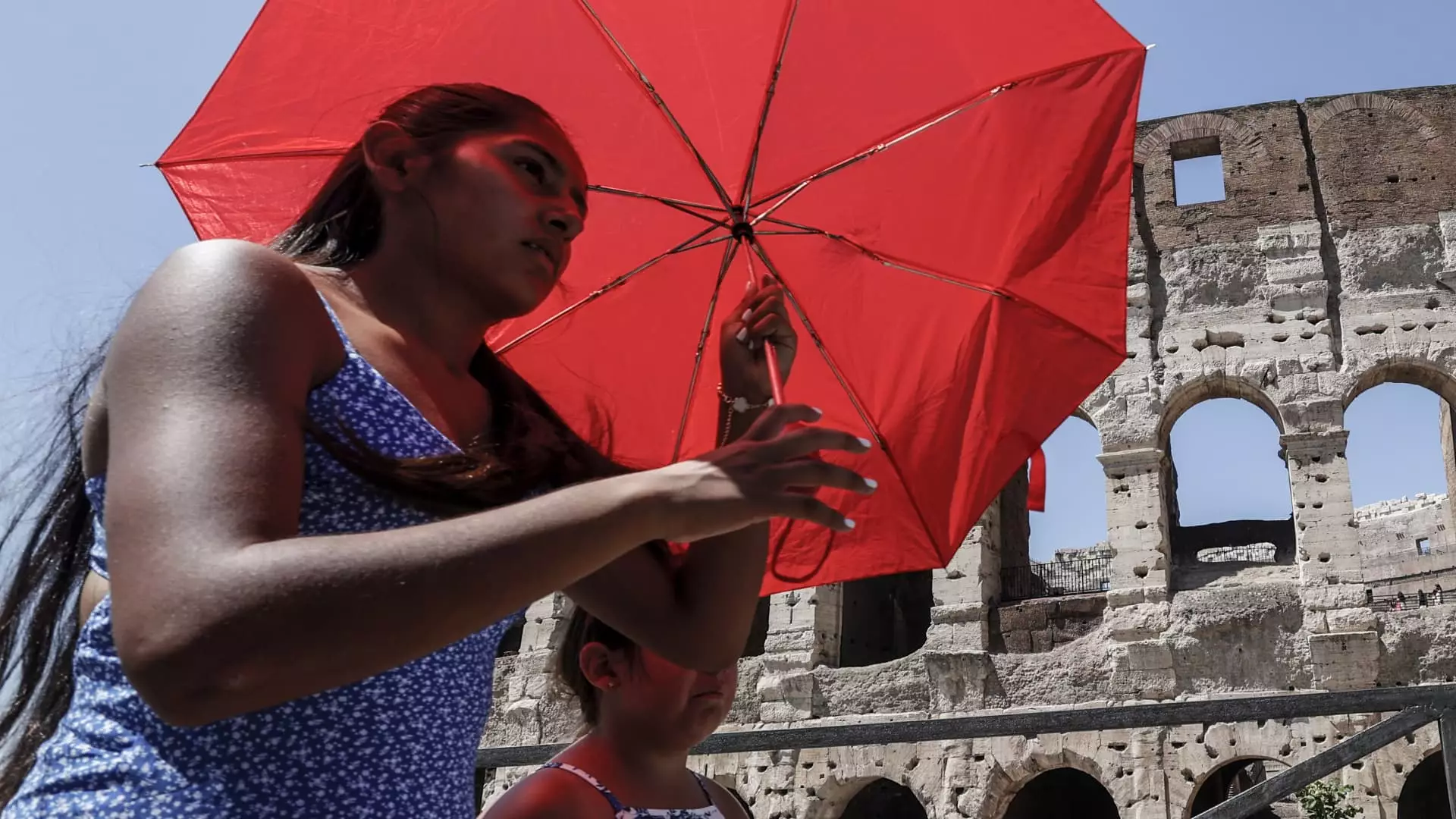In recent years, summer vacations in Europe have taken a new turn, as soaring temperatures lead tourists to reconsider their travel plans. Delta Air Lines President, Glen Hauenstein, highlighted a significant trend during a recent earnings call, noting that many travelers are moving their trips away from the traditional summer peak months of July and August to more comfortable periods in September and October. This shift is largely motivated by the uncomfortable heat and crowded conditions that characterize popular European destinations during the summer months. It’s a notable change in behavior, suggesting that consumers are becoming more conscientious about climate conditions and the quality of their travel experiences.
The Northern Hemisphere’s summer of 2023 was officially recorded as the hottest on record, as reported by the European Union’s climate monitor. Such extreme weather has implications not only for local populations but also for global travel patterns. Travelers with flexible schedules are evidently opting for the milder temperatures and thinner crowds that the shoulder seasons offer. This trend can reshape entire tourism strategies, pushing airlines to adapt their routes in response to consumer demand. As travelers begin prioritizing comfort and value, the ensuing economic shifts could significantly impact popular tourist destinations that thrive on peak summer traffic.
In light of these changes, several airlines are anticipating and accommodating the shifting travel landscape. United Airlines, for instance, is proactively extending its transatlantic schedules into the fall, with some routes starting much earlier in March and running longer into November than historically usual. According to Patrick Quayle, the airline’s senior vice president of global network planning and alliances, this strategic alteration reflects the evolving preferences of travelers. By recalibrating their services, airlines demonstrate a keen understanding of market demands, ensuring they remain competitive in a fast-paced industry.
The Future of European Escapes
The shift towards alternative vacation periods speaks volumes about the changing relationship between travelers and their destinations. As more tourists gravitate towards the shoulder seasons, it prompts a re-evaluation of tourist infrastructures, promotional strategies, and even local economies that have previously relied heavily on peak summer tourism. Over time, this could result in significant changes in how European summer tourism is marketed and executed, focusing perhaps on sustainability and the promotion of lesser-known regions that offer cooler experiences during the hotter months.
This evolving narrative of summer travel to Europe reflects broader trends in consumer behavior influenced by climate considerations. Travelers are becoming more selective, prioritizing their comfort and the overall experience over traditional travel norms. As airlines, travel agencies, and destinations adjust to meet this new demand, we can expect a transformed landscape of European travel that prioritizes sustainability and user experience, potentially reshaping how we think about vacations in the years to come.

Leave a Reply